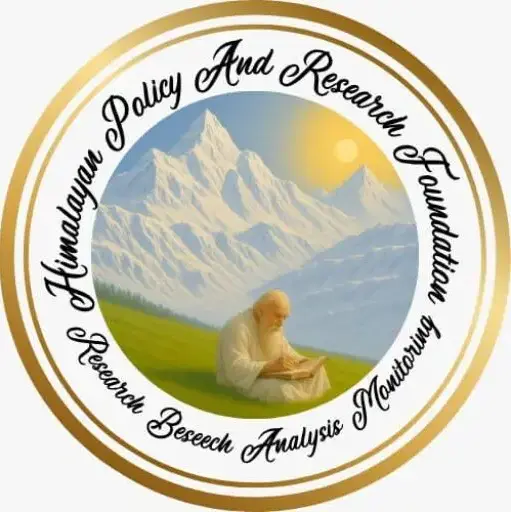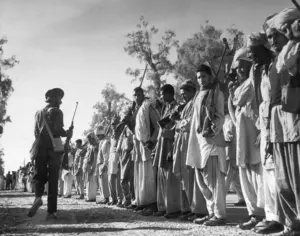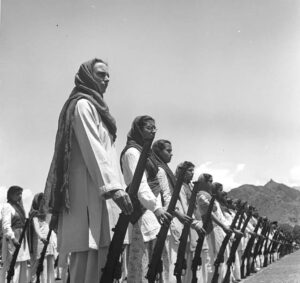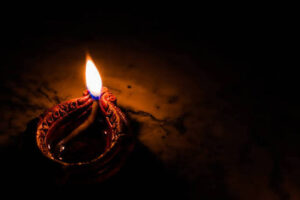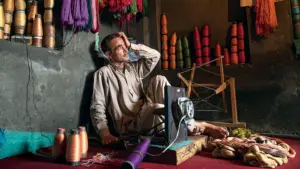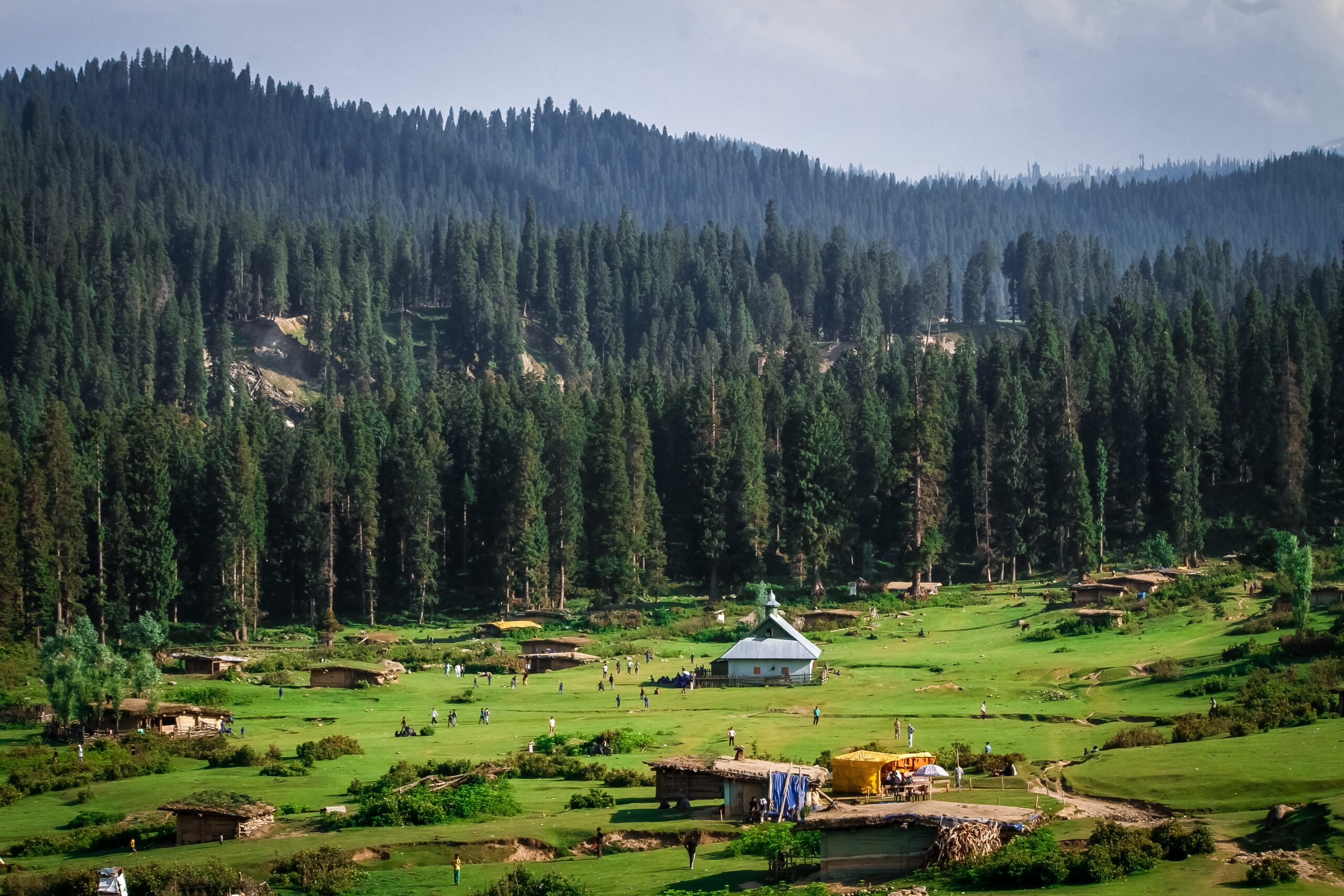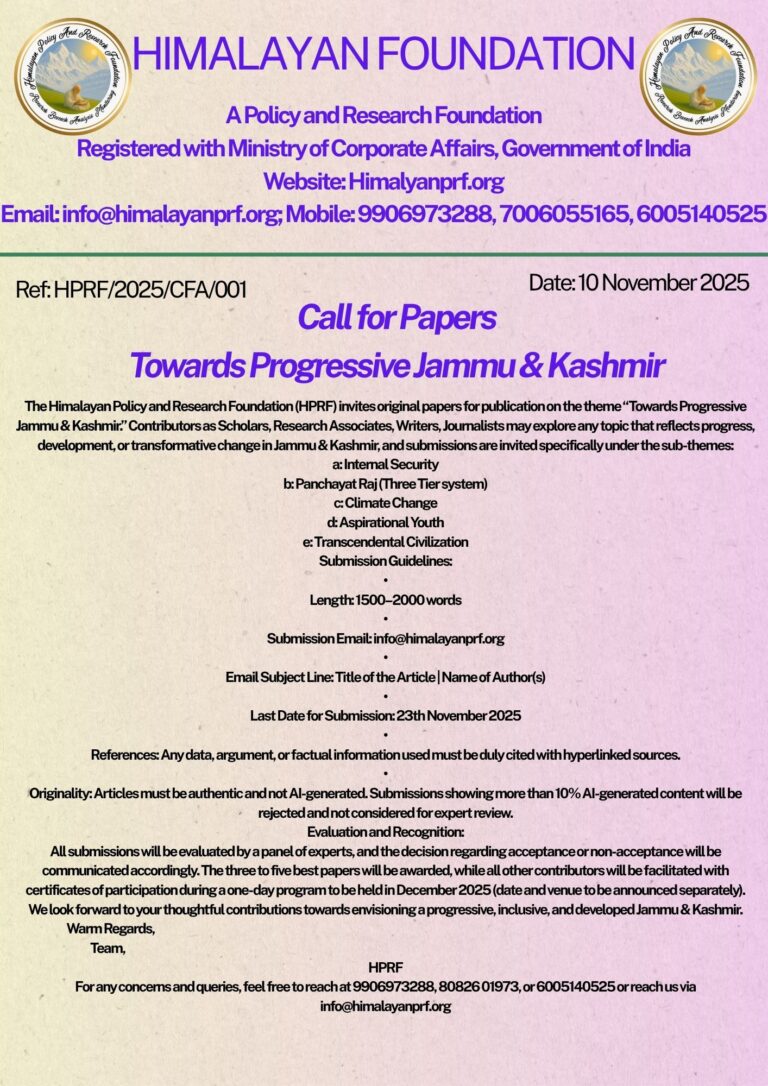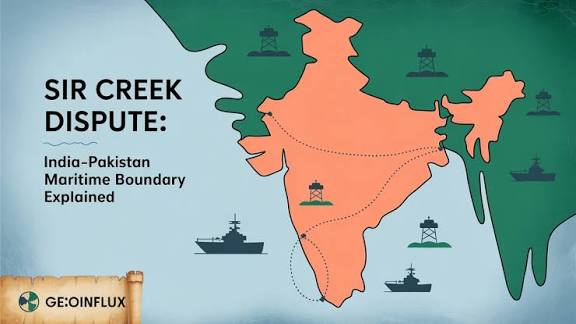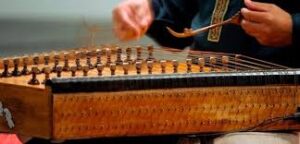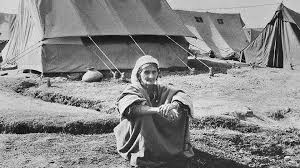(Field Reflections from Numblan )
By: Dr Zahid ( Independent Researcher: PhD in Political Science )
There are places that don’t ask to be discovered. They don’t offer themselves to maps or cameras. They don’t beg for footfall. They just stay—anchored in their own rhythm, enduring, waiting without bitterness. Namblan Sangarwani, a tucked-away stretch in the upper reaches of Pulwama, is such a place.
You won’t find its name in glossy tourism brochures. You won’t hear it spoken about in conference halls. And that, perhaps, is the most honest thing about it. It exists not in policy, but in memory. Not in data, but in the footsteps of those who live there and those few who make the journey to listen.
I went to Namblan not as a tourist, not even as a curious visitor. I went as a researcher—though even that word felt too formal, too structured for the kind of experience that awaited. I went not to find something, but to encounter a place—quietly, without presumption.
The road to Namblan begins promisingly. Asphalt carries you comfortably for a while. But soon the comfort gives way. The road begins to fade—first into gravel, then into stone, then into nothing. The journey becomes less about distance and more about willingness. Every turn is a reminder that this is not a curated destination. This is a place that you reach only if you really mean to.
And then, suddenly, it is there. Trees open to a slope. A clearing appears. And at its heart, winding gently, is the Romshi Nallah—a stream so modest, so untheatrical, it almost escapes notice. But it is the life of Namblan. A quiet artery of continuity.
Romshi doesn’t roar. It doesn’t rush. It moves the way old truths move—patiently, persistently. Its waters are cold, clear, and undemanding. It has none of the glamour of the Lidder, none of the drama of the Sindh. But it has something rarer—honesty. It flows not for applause, but for survival.
I sat beside it in silence. No sound but the water and the wind. No performance, no interruptions. Just a stream flowing because it must.
As I wandered up the slope, I met Raj Mohammed—a man in his 40s, thin-framed, firm-eyed. He didn’t ask why I had come. He didn’t comment on the weather. He simply said, “Sadak aur paani ka sabse bada masla hai yahan.” Roads and water—the two oldest deficits. He wasn’t bitter. He wasn’t even hopeful. He was simply stating what had always been true. And perhaps always will be.
He spoke of the winters. How the absence of roads means isolation. How the stream, beautiful in summer, becomes a barrier in the rain. How everything takes longer. How people adjust because there is no other option.
We sat on a green slope. He asked me nothing about my work. I told him nothing. That silence felt appropriate. He had no time for abstractions. And I had no business offering any.
Later, I was joined by Irfan, a 24-year-old from Sangarwani. He’s pursuing his BBA—an unusual path for someone from the village, but not entirely rare anymore.
“This place is beautiful,” he said, “and if something is done, we can create employment here. But we want the basics first. Roads, public toilets, dustbins, drinking water. That’s all.”
That’s all.
The phrase struck me. It always does when spoken by the underserved. It contains both a request and an accusation. As if the speaker has learned not to hope for too much. As if the asking itself is a concession.
There are no toilets in Namblan. No garbage disposal. No formal drinking water facility. Electricity is erratic. The Internet is absent. Public infrastructure is nonexistent. What there is—are people who work, who wait, who expect very little, and who have grown used to the fact that no one is coming.
Namblan has no post office, no school beyond the primary level, and no hospital. And yet it has a stream, a forest, a stretch of land untouched by concrete. And it has people who still speak gently, even when they are tired.
That’s what stayed with me most—not the neglect, but the tone in which it was described. No shouting. No slogans. Just facts. Just life.
One woman I met along the edge of the woods was filling cans from a plastic pipe carrying stream water. I asked her how far she had come. “ Aek kilometre se aayi hoon,” she said. One kilometre. One way. Every day. She didn’t complain. She didn’t dramatise. Just shrugged. “Yahi tareeqa hai.”
That shrug—so ordinary, so fatal—is the real heart of Namblan. A place where the absence of care has become the rhythm of existence.
And yet, there’s no resignation. The people I met spoke of change—not as demand, but as memory. “Kabhi yahan mela lagta tha,” one elder said. “Jab pul nahi tha, log peeth pe le jaate the maal.” Once, there were fairs. Once, there were paths even without bridges. People walked for hours, carrying goods across the nallah. Things got done. Even now, they get done—but always the hard way.
There’s a strange dignity in such hardship—dangerously dignified. Because it lets those in power believe that silence means satisfaction. That absence of protest means everything is fine.
But I know what I heard. And I know what I saw.
I saw a place unprepared for attention. A place still free from exploitation—but just barely. A place that is being whispered about now on social media reels. A place that is being walked into by wanderers. A place that may soon be consumed, unless someone listens first.
Namblan is not ready for tourism. Not because it is unworthy—but because it is unprotected. There is no system in place to receive the outside. And yet, the outside is coming. Will it remember that there are people here, not just pine trees and water?
As a researcher, I do not come away with solutions. I come away with unease.
Namblan is not just a location. It is a warning. A possibility. A test.
It tells us what happens when a place begins to be seen before it has been served. Romshi continues to flow, indifferent to our categories—of development, neglect, tourism, silence. It flows like truth—unhurried, unfixed.
And the people of Namblan wait. Without spectacle. Without slogans. With just a sentence on their lips:
“We want roads. We want water. That’s all.”
Field Note Addendum (optional):
Interviews conducted on-site, Namblan Sangarwani, Pulwama, between 2:00 pm and 8:00 pm. Informal conversations with 4-5 residents including Raj Mohammed (41), Irfan (24, student), Mohd Akbar (70) and local women fetching water. Observations are based on non-intrusive participation. No structured interviews were conducted- only free-flowing observations and listening while walking through the village and its outskirts.
